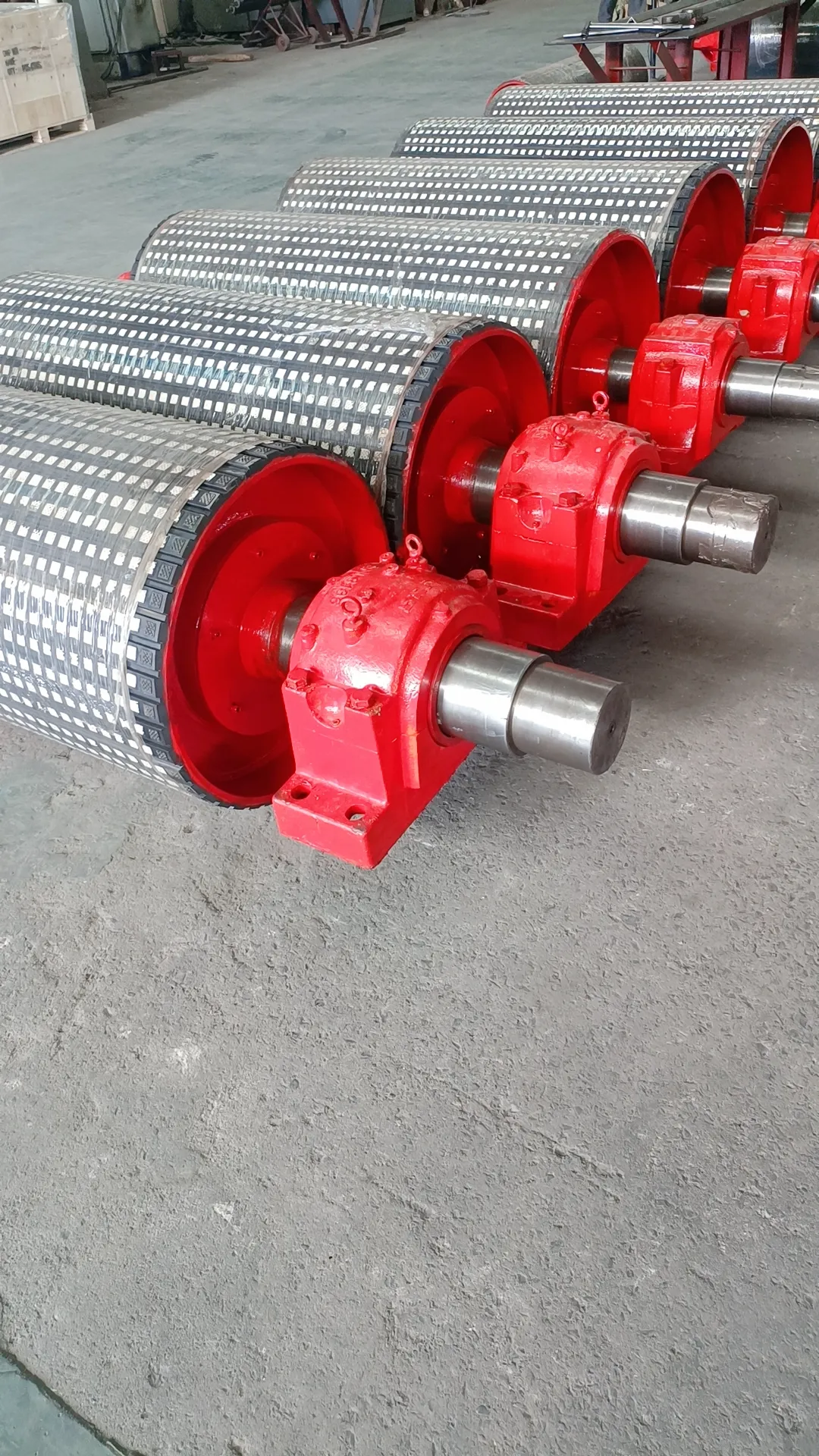 Afrikaans
Afrikaans  Albanian
Albanian  Amharic
Amharic  Arabic
Arabic  Armenian
Armenian  Azerbaijani
Azerbaijani  Basque
Basque  Belarusian
Belarusian  Bengali
Bengali  Bosnian
Bosnian  Bulgarian
Bulgarian  Catalan
Catalan  Cebuano
Cebuano  Corsican
Corsican  Croatian
Croatian  Czech
Czech  Danish
Danish  Dutch
Dutch  English
English  Esperanto
Esperanto  Estonian
Estonian  Finnish
Finnish  French
French  Frisian
Frisian  Galician
Galician  Georgian
Georgian  German
German  Greek
Greek  Gujarati
Gujarati  Haitian Creole
Haitian Creole  hausa
hausa  hawaiian
hawaiian  Hebrew
Hebrew  Hindi
Hindi  Miao
Miao  Hungarian
Hungarian  Icelandic
Icelandic  igbo
igbo  Indonesian
Indonesian  irish
irish  Italian
Italian  Japanese
Japanese  Javanese
Javanese  Kannada
Kannada  kazakh
kazakh  Khmer
Khmer  Rwandese
Rwandese  Korean
Korean  Kurdish
Kurdish  Kyrgyz
Kyrgyz  Lao
Lao  Latin
Latin  Latvian
Latvian  Lithuanian
Lithuanian  Luxembourgish
Luxembourgish  Macedonian
Macedonian  Malgashi
Malgashi  Malay
Malay  Malayalam
Malayalam  Maltese
Maltese  Maori
Maori  Marathi
Marathi  Mongolian
Mongolian  Myanmar
Myanmar  Nepali
Nepali  Norwegian
Norwegian  Norwegian
Norwegian  Occitan
Occitan  Pashto
Pashto  Persian
Persian  Polish
Polish  Portuguese
Portuguese  Punjabi
Punjabi  Romanian
Romanian  Russian
Russian  Samoan
Samoan  Scottish Gaelic
Scottish Gaelic  Serbian
Serbian  Sesotho
Sesotho  Shona
Shona  Sindhi
Sindhi  Sinhala
Sinhala  Slovak
Slovak  Slovenian
Slovenian  Somali
Somali  Spanish
Spanish  Sundanese
Sundanese  Swahili
Swahili  Swedish
Swedish  Tagalog
Tagalog  Tajik
Tajik  Tamil
Tamil  Tatar
Tatar  Telugu
Telugu  Thai
Thai  Turkish
Turkish  Turkmen
Turkmen  Ukrainian
Ukrainian  Urdu
Urdu  Uighur
Uighur  Uzbek
Uzbek  Vietnamese
Vietnamese  Welsh
Welsh  Bantu
Bantu  Yiddish
Yiddish  Yoruba
Yoruba  Zulu
Zulu impact idler roller
The Importance of Impact Idler Rollers in Conveyor Systems
In modern industrial applications, conveyor systems play a crucial role in improving efficiency and productivity. Among the various components that contribute to the smooth operation of these systems, impact idler rollers stand out as essential elements that enhance performance, reduce downtime, and prolong service life. This article delves into the significance of impact idler rollers, their design, and their impact on overall conveyor functionality.
Understanding Impact Idler Rollers
Impact idler rollers are specially designed components used in conveyor systems to absorb the shock and impact generated when materials are loaded onto the conveyor belt. Typically positioned at transfer points or loading areas, these rollers are engineered to mitigate the stresses that can lead to premature wear and tear of both the idlers and the conveyor belt itself.
When heavy materials are dropped onto a conveyor, the sudden impact can cause considerable damage, leading to increased maintenance costs and reduced operational efficiency. By using impact idler rollers, businesses can significantly decrease the likelihood of such damage, ensuring that materials are transported smoothly and efficiently.
Design and Construction
Impact idler rollers are constructed with durable materials capable of withstanding significant forces. They often feature a robust outer shell and are filled with shock-absorbing materials. This combination allows them to effectively dampen the forces exerted during material loading.
Moreover, many impact idler rollers are equipped with advanced bearing systems that enhance their performance and reduce friction. This can lead to improved energy efficiency, as less energy is required to move the conveyor belt. The design also includes features like adjustable height and angle, enabling customization for specific operational needs.
Benefits of Using Impact Idler Rollers
impact idler roller

1. Reduced Wear and Tear By absorbing shock and impact energy, impact idler rollers minimize the wear on the conveyor belt and other components. This translates into less frequent replacements and repairs, leading to long-term cost savings.
2. Enhanced Safety The risk of accidents can significantly increase if conveyor components fail due to excessive impact forces. Impact idler rollers enhance safety not just by preventing equipment failures but also by ensuring a smoother operation, which reduces the chances of materials spilling or causing hazards.
3. Improved Material Handling Using impact idler rollers allows for the seamless handling of bulk materials. This boosts productivity, as operations can run continuously without delays caused by equipment malfunctions.
4. Environmental Benefits Efficiently functioning conveyors tend to have a smaller environmental footprint due to reduced energy consumption and less waste. By minimizing downtime and maintenance-related actions, businesses can contribute positively to the environment.
5. Increased Load Capacity With the ability to absorb shocks, impact idler rollers allow conveyors to handle heavier loads than typical rollers can. This increased capacity can lead to enhanced operational throughput.
Conclusion
Impact idler rollers are integral to the performance and longevity of conveyor systems in various industries, including mining, manufacturing, and logistics. Their ability to absorb shock, reduce wear and tear, and enhance safety makes them invaluable for organizations seeking to optimize their operations.
Investing in high-quality impact idler rollers can yield substantial returns in terms of reduced maintenance costs, increased efficiency, and improved safety standards. As industries continue to evolve and demands for speed and efficiency increase, the role of impact idler rollers will only grow in importance, ensuring that conveyor systems remain pivotal to modern industrial operations. Embracing innovative designs and advanced materials in impact idler roller technology will not only improve current practices but also pave the way for future advancements in material handling and transportation.
-
Revolutionizing Conveyor Reliability with Advanced Rubber Lagging PulleysNewsJul.22,2025
-
Powering Precision and Durability with Expert Manufacturers of Conveyor ComponentsNewsJul.22,2025
-
Optimizing Conveyor Systems with Advanced Conveyor AccessoriesNewsJul.22,2025
-
Maximize Conveyor Efficiency with Quality Conveyor Idler PulleysNewsJul.22,2025
-
Future-Proof Your Conveyor System with High-Performance Polyurethane RollerNewsJul.22,2025
-
Driving Efficiency Forward with Quality Idlers and RollersNewsJul.22,2025





























